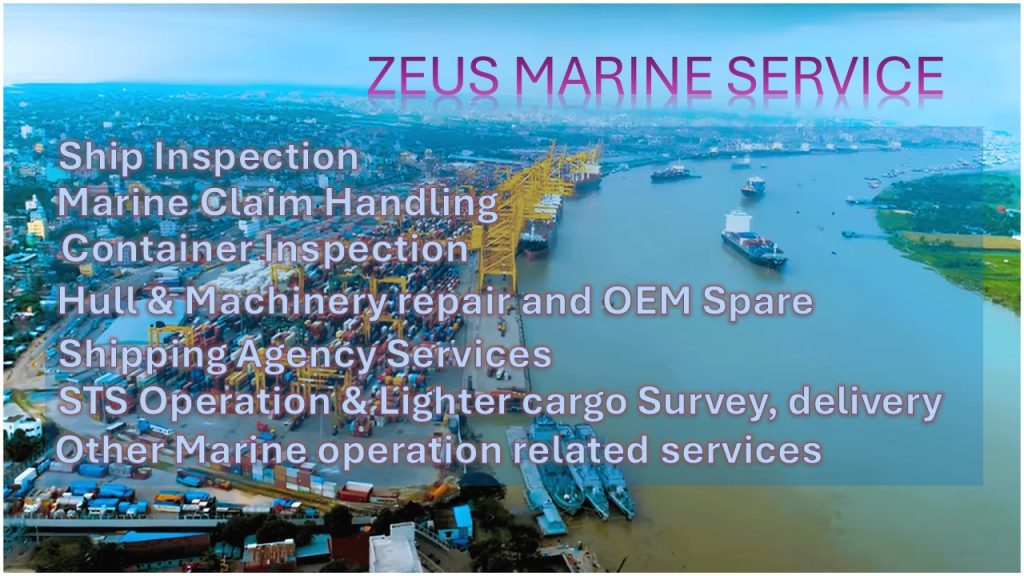A Hull and Machinery condition survey inspection typically covers the vessel’s hull structure, machinery and related equipment, ensuring compliance with regulations and standards. The inspection includes items related to the hull’s condition, machinery functionality, safety equipment, and documentation.
It aims to identify any defects, damage, or areas needing attention, facilitating informed decisions about maintenance, repairs, and risk management.
Here’s a breakdown of key areas and items often included in a Hull and Machinery condition survey:
I. Hull Structure:
- General Condition: Visual inspection for corrosion, cracks, deformation, and damage to the hull plating, frames, and other structural components.
- Watertight Integrity: Testing of hatch covers, sounding pipes, and other openings for water-tightness, often using ultrasonic testing.
- Ballast Tanks: Internal visual inspection and pressure testing of ballast tanks.
- Cargo Holds: Inspection of bilge suctions and overall condition.
- Anodes: Condition and wastage of sacrificial anodes.
II. Machinery:
- Main Engine(s): Running hours, condition, and performance of the main engine(s).
- Auxiliary Engines: Similar to the main engine, but for auxiliary engines.
- Alarms, Monitoring, and Shutdown Tests: Testing of various alarms, monitoring systems, and shutdown functions.
- Steering Gear: Functionality of the steering gear system, including emergency steering.
- Pumps: Condition and operation of various pumps, such as fire pumps and bilge pumps.
- Piping: Condition of fuel, lubrication, and other piping systems, including leakages and fire protection. Cranes: Functionality, safety, and maintenance of cranes, including pedestal and hydraulic systems.
- Boilers and Pressure Vessels: Inspection and testing of boilers and pressure vessels.
III. Safety Equipment:
- Fire Safety: Functionality of fire detection and suppression systems, including fire dampers, extinguishers, and alarms.
- Navigation Lights: Operation and condition of navigation lights.
- Life-Saving Appliances: Condition and readiness of life rafts, lifeboats, and other life-saving equipment.
- Emergency Generator: Functionality and performance of the emergency generator.
- Emergency Fire Pump: Operation and performance of the emergency fire pump.
IV. Documentation:
- Class Records: Review of Class certificates, survey reports, and other relevant documents.
- ISM/ISPS Compliance: Verification of compliance with the International Safety Management (ISM) and International Ship and Port Facility Security (ISPS) Codes.
- Loading Manual: Verification of the availability and accuracy of the loading manual.
- Other Manuals: Availability of relevant manuals, such as the I.G. Instruction Manual and P & A Manual.
- Damage Stability Information: Verification of the availability of damage stability information.
- ESP Documents: Availability of Enhanced Survey Program (ESP) documents.
V. General:
- Cleanliness and Tidiness: Ensuring the vessel is clean and tidy, with unnecessary items removed.
- Safety Gear Compliance: Checking all safety gear for compliance with regulations.
- Registration Papers: Availability of registration papers for inspection.
This list is not exhaustive, but it provides a comprehensive overview of the areas covered in a Hull and Machinery condition survey. The specific items and level of detail may vary depending on the type of vessel, its intended use, and the requirements of the relevant authorities and stakeholders.

